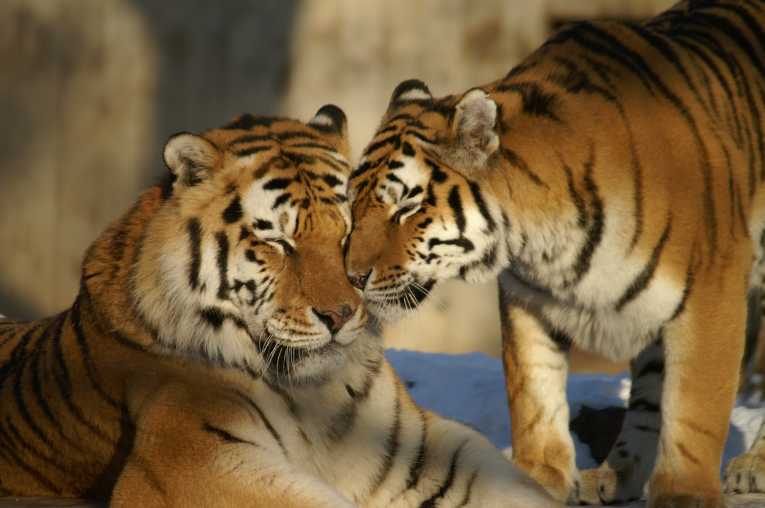The Caspian tiger, Panthera tigris virgata, once prowled throughout Central Asia, from Turkey to the Takla Makan desert in China, via Iran and Kazakhstan. Sadly, due to hunting and habitat loss, the last sighting of the Caspian tiger was in the early 1970s.
There are no individuals in captivity: the Caspian tiger has been officially declared extinct. Since the beginning of the 20th Century, tigers have disappeared from 93 percent of their habitat across Asia and Russia. Now, there are only 3,200 individuals worldwide, a staggering decline in population from 100,000 over the past 100 years.
In an unexpected announcement, WWF-Russia and the Kazakhstan government have initiated a programme to reintroduce tigers to Central Asia. The plan is to relocate Amur tigers, Panthera tigris altaica, from the far east of Russia to suitable habitat in Kazakhstan.
Studies have shown that Caspian and Amur tigers are genetically similar. This means that Amur tigers have very similar physical adaptations to Caspian tigers, so they will survive – and hopefully thrive – in their new habitat.
Research carried out in 2010 showed that the Ili River Basin in Kazakhstan has at least 400,000 hectares of suitable tiger habitat. This provides an excellent opportunity to reintroduce these iconic animals into the region.
Karim Masimov, Prime Minister of Kazakhstan, said: ''We have agreed that WWF and the Ministry of Environment in Kazakhstan will draw up a comprehensive programme to reintroduce the tiger...with a strong plan and proper protections in place, tigers can again roam the forests and landscapes of Central Asia.''
The Kazakhstan government has taken steps to deal with poaching and habitat loss, the two biggest threats to the tiger reintroduction programme.
If these issues can be controlled, there is reason for hope. Tiger habitat is becoming increasingly fragmented worldwide; finding suitable habitat in Kazakhstan for reintroduction is a great boost for conservation efforts.
''We congratulate the Kazakhstan government for taking this opportunity to help the tiger,'' said Mike Baltzer, head of WWF's Tigers Alive Initiative. The Kazakhstan government's work so far is certainly to be commended. Let's hope it's a step towards a thriving population of tigers in Central Asia.










